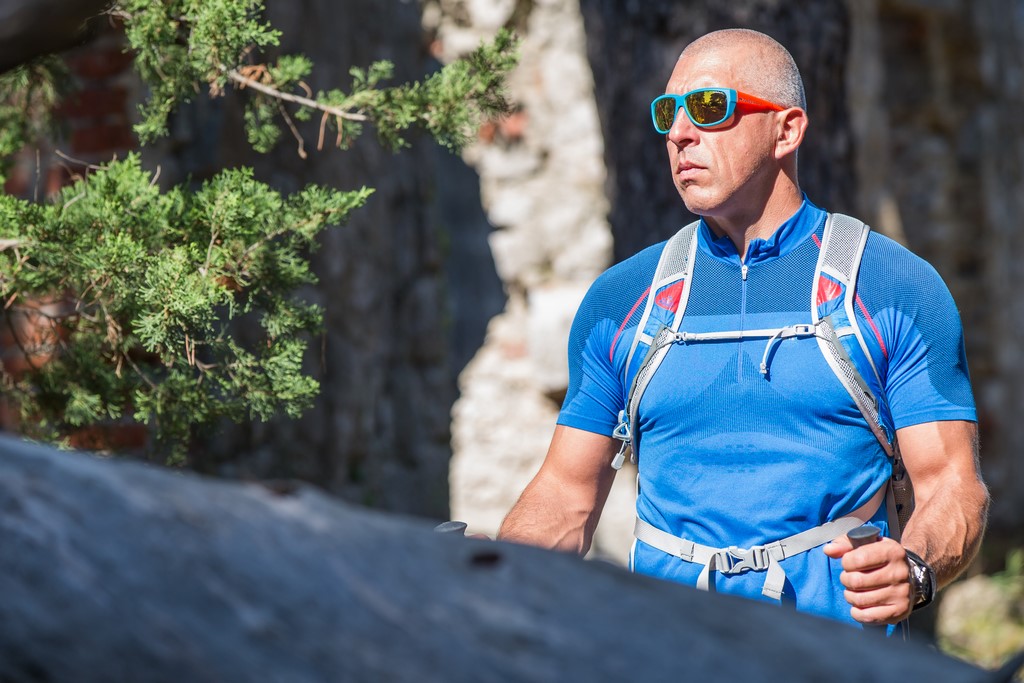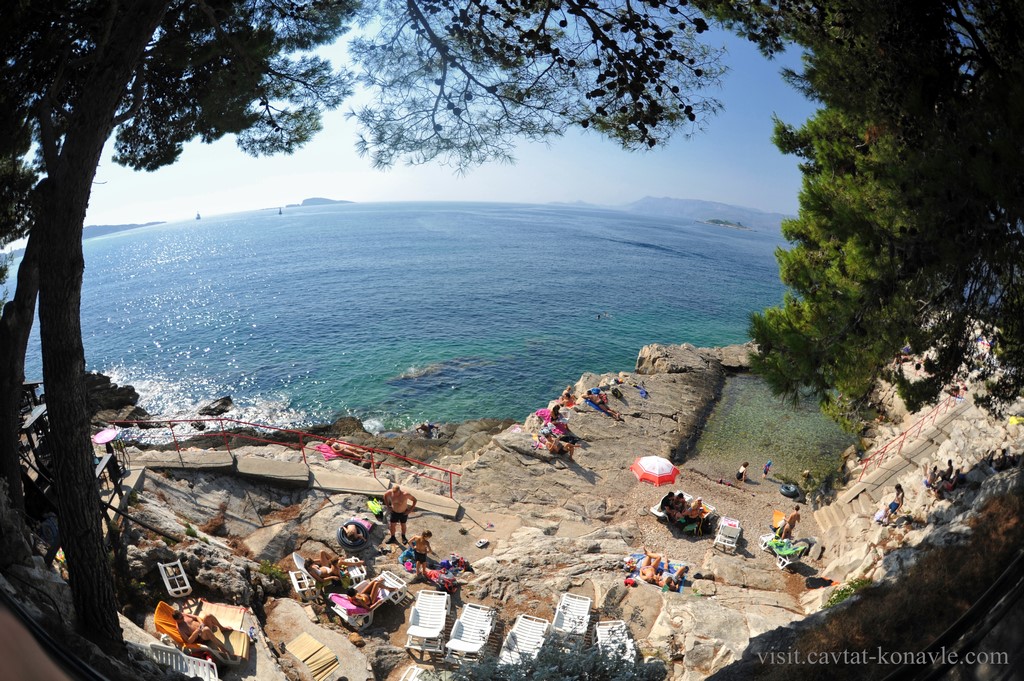KONAVLE – a rural getaway and a holistic connection with nature
Croatia’s most southern part, that of Konavle region is indeed colorful and rich. Mountains, valleys, stone, sea and rivers can all be found in this small region which was always an attractive living area due to its natural resources. This has been true from the 5th and 4th century before the Common Era, when the first Illyrian tribes populated the area. The next settlers – Romans who built an aqueduct for transporting water from Vodovađa to Cavtat were the ones responsible for the name Konavle. It is the local word “konali” or “kanali” that corresponds to the Latin “canale”, “canalis”.
Fertile Konavle field suitable for agriculture and farming, abundance of fresh water from rivers Ljuta, Konavočica and Kopačica as well as skillful seafaring were great strategic values of Konavle throughout the history. It is the foundation on which Konavle developed strong tradition, visible and felt even today. Each of the 33 small villages embodies a piece of that tradition with preserved architecture and monuments, folklore heritage, traditional gastronomy and viticulture.
Strong bonds with the nature have kept Konavle families together in their endeavors to offer honest, genuine products to visitors here. For them, it is simply the way of life they are used to; for visitors it is the feeling of authenticity that completes the experience. These domestic households mostly base their cuisine on ingredients available on their own land or in the region, which makes it the freshest and the tastiest it can get. Local cheese, cured and fresh meat come from free range farms; vegetables literarily come from people’s gardens. Traditional cooking methods such as baking under an iron bell covered with hot ashes are used to make the most perfect bread or the most succulent meat you will ever try. All this is accompanied with excellent wines from boutique wineries. Again, generations of families have been keeping vineyards and producing wines. The indigenous Malvasija Dubrovačka is the region’s flagship white that they take much pride in, as it was mentioned in historical documents from the 15th century. Old olive groves provide supreme quality olive oil once called “the liquid gold”, but equally precious today.
Cavtat – a glimpse of yachting glamour and a charm of a seaside Mediterranean town
Cavtat is the urban and administrative center of Konavle region. A small, charming Mediterranean town is abundant in cultural sites such as the birth house of Vlaho Bukovac (the most important Croatian painter), the mausoleum of Račić family (well-known ship owners), the collection of Baltazar Bogišić (lawyer and scientist of European reputation), the art gallery of St. Nicholas’s church.
This is not a chance; it is a result of a rich history. The City was founded in the 6th century B.C. by Greeks, and it carried the name of Epidaurus. The next rulers were Romans, who called it Epidaurum. Here, the historical link between Cavtat and Dubrovnik comes into play. At the beginning of the 7th century, Avars and Slavs destroyed the city and the refugees escaped to the island of Laus, which evolved into today’s Dubrovnik.
There is also a legend associated with the name of the town and the Epidaurian ruler who had a beautiful daughter Cavtislava. Two men asked her hand in marriage, so her father ingeniously put tasks ahead of them – the more successful admirer would be given consent to marry Cavtislava. Commander Stjepan had a task to bring fresh water from Vodovađa to Cavtat, while the other admirer, brave seaman, had to bring a ship full of silk. At the opening of aqueduct, Cavtislava had to quench her thirst with water from the gold jar. As she took the gold jar, a lizard jumped out from the water on her lap and scared her to death. It was believed that the unfortunate seaman, whose ship sunk in the storm just in front of Cavtat, put the lizard into the aqueduct as he couldn’t stand loosing Cavtislava. In her memory, the town got its name.
Another important role that Cavtat had in Dubrovnik Republic was the sea trade as it was the second most important seaport, immediately after Dubrovnik. Today, the town’s port is still very busy but in a slightly different way – we can often see the most luxurious mega yachts there and celebrities such as Bono Vox and other U2 members.




